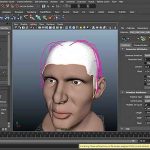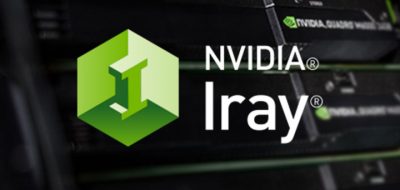The Iray blog posts a look at using Nvidia Iray’s Light Path Expressions for creative compositing. Rüdiger has a look at a few compositing techniques that can take advantage of the Light Path Expressions feature in Iray.
Light Path Expressions (LPE for short) in Nvidia Iray lead to new and creative ways of compositingRüdiger - blog.irayrender.com
Focusing on the fundamentals and providing an introduction to compositing with IRay Light Path Elements in Photoshop as a pragmatic example, Rüdiger notes that there is no right answer and all the techniques for compositing can lead to the same result – so it just comes down to a matter of workflow. Be sure to cheek the post for an introduction to compositing with IRay Light Path Expressions here.
Iray Light Path Expressions
LPE’s first were implemented in iray 3.0. Light Path Expressions (LPE) in IRay will allow you to render any light interaction with any object into separate images that you then can using in compositing. Being able to isolate light contribution to files will ultimately leave compositing tasks more flexible. With IRay LPE’s you are able to isolate light contributions on a scene level or on an object level, rendering put to 7 LEP render elements simultaneously.
Light Path Expressions are similar to Lighting contributions passes or AOV’s in other rendering platforms, but minimize the need to futz with shaders and overrides as you ware working.
Iray 2014 also supports scene specific and common render elements such as z-depth, normals, alpha channels, material and object ID’s, texture coordinates and irradiance particles.
For more information on Nvidia’s IRay Light Path Expressions and the technology behind them, the Elemental Ray Blog has a great post explaining them and how they differ from regular AOV’s or Render Elements. Check out the post for Light Path Expressions and mental ray 3.11 shaders here.





